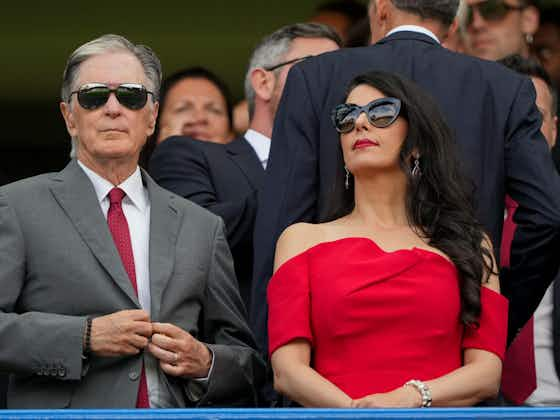Anfield Index
·17 de mayo de 2024
Exploring FSG’s Multi-Club Options at Liverpool

In partnership with
Yahoo sportsAnfield Index
·17 de mayo de 2024

Liverpool FC’s owners, Fenway Sports Group (FSG), are exploring the multi-club model, a strategic approach that involves owning multiple football clubs under a single ownership structure. This model, gaining traction across Europe, promises numerous benefits but also comes with significant challenges.
FSG’s interest in the multi-club model is driven by a desire to maximize resource efficiency and talent development across their football investments. As Dave Hendrick discussed on the ‘Daily Red’ podcast for Anfield Index, the primary motivation for FSG is to “create a network that allows for the easy movement of players, staff, and knowledge.” This network can facilitate player development by providing young talents with more playing time in competitive environments, thus preparing them for the rigors of top-tier football at Liverpool.
Additionally, FSG aims to leverage shared resources such as scouting networks, analytics, and sports science. “It’s about creating synergies,” Hendrick explained, noting that these synergies can lead to cost savings and improved performance across all clubs within the network.
Despite the potential benefits, the multi-club model is not without its challenges. Critics argue that it could lead to conflicts of interest and compromise the integrity of competitions. On the Daily Red Podcast, Hendrick mentioned, “There are significant regulatory hurdles to overcome, particularly concerning UEFA’s rules on club ownership and ensuring fair competition.”
Moreover, integrating different club cultures and managing the expectations of various fan bases can be complex. The model requires careful balancing to maintain each club’s unique identity while ensuring they all benefit from the shared ownership structure.
For Liverpool, the adoption of a multi-club model could mean more than just an expanded portfolio. It could redefine how the club develops talent and competes in the global market. Hendrick emphasized the potential for Liverpool to become a hub in FSG’s network, stating, “Liverpool would be the crown jewel, the club where the best talents eventually converge.”
This strategic move aligns with FSG’s broader vision for sustainable growth and competitiveness. The ability to move players seamlessly between clubs can help Liverpool manage its squad more effectively, addressing issues like player fatigue and ensuring a steady pipeline of talent.
The multi-club model is part of a broader trend in football, with several high-profile examples like the City Football Group and Red Bull. These entities have demonstrated how effective the model can be in achieving competitive success and financial stability. However, as Hendrick pointed out, “The model’s success depends heavily on execution and the ability to navigate the regulatory landscape.”
Looking ahead, FSG’s venture into multi-club ownership could position Liverpool as a leader in modern football management. By embracing this model, Liverpool can enhance its global footprint and build a more robust and resilient football operation.
In conclusion, while the multi-club model presents an array of opportunities for Liverpool and FSG, it also demands strategic foresight and meticulous management. As FSG navigates this new terrain, the football world will be watching closely to see how this innovative approach unfolds.






























































